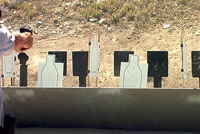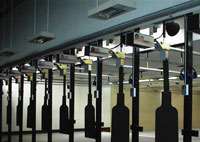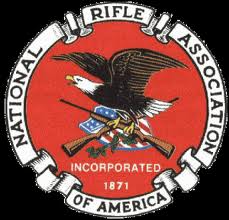Indoor vs. Outdoor Shooting Ranges: What You Should Know Before You Start Building

By Chris Hart, Action Target Range Consultant Everybody has their own preference when it comes to shooting ranges. Some people like the open-air feel of an outdoor range where they can shoot steel targets at 500 yards while others prefer the air conditioned comfort of indoor ranges where target distance can be controlled with the […]
Three Keys to Getting Your Shooting Range Approved

In the process of building a shooting range, perhaps the most intimidating part is getting it approved by your local government. Even after you’ve done all the work, raised all the money, and planned everything out, the final say still comes down to a handful of elected officials. Don’t let that make you feel powerless, […]
Raising Returns on the Range

A range is a business. Despite the fact that many people end up turning range operation into a humanitarian effort by working more than 90 hours a week, it must be remembered that most people chose to run a range for the purpose of financial gain. Similarly, the goal for most facilities is to be […]
Action Target and the NRA Continue Long-Lasting Relationship

The sport shooting and firearms training industries are always changing, but there is one thing that never has changed and never will – relationship building. Years ago, when Action Target was just getting started in the industry, a friendship was formed between Action Target and Ray Chapman at the Chapman Academy in Missouri. This relationship […]